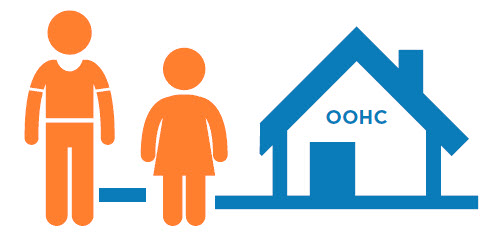Automatic language translation
Our website uses an automatic service to translate our content into different languages. These translations should be used as a guide only. See our Accessibility page for further information.
Minister for Families, Communities and Disability Services Gareth Ward has received Professor Megan Davis’ independent report into Aboriginal and Torres Strait Islander Children and Young People in out-of-home care in NSW.
Professor Davis’ report, titled Family is Culture, was commissioned in 2016 and makes 126 recommendations to the NSW Government based on a review of 1,144 children and young people who entered care in 2015-16.
The report’s recommendations will be considered carefully and in their entirety. The Department of Communities and Justice will work through the report and prepare preliminary advice to the Minister in the first half of 2020 on the suggested way forward.
Since 2015, the NSW Government has implemented significant reforms to keep Aboriginal families together, including:
Read the report (PDF, 5.4 MB)
Read the accessible PDF version of the infographic below (PDF, 134.1 KB)




Last updated: